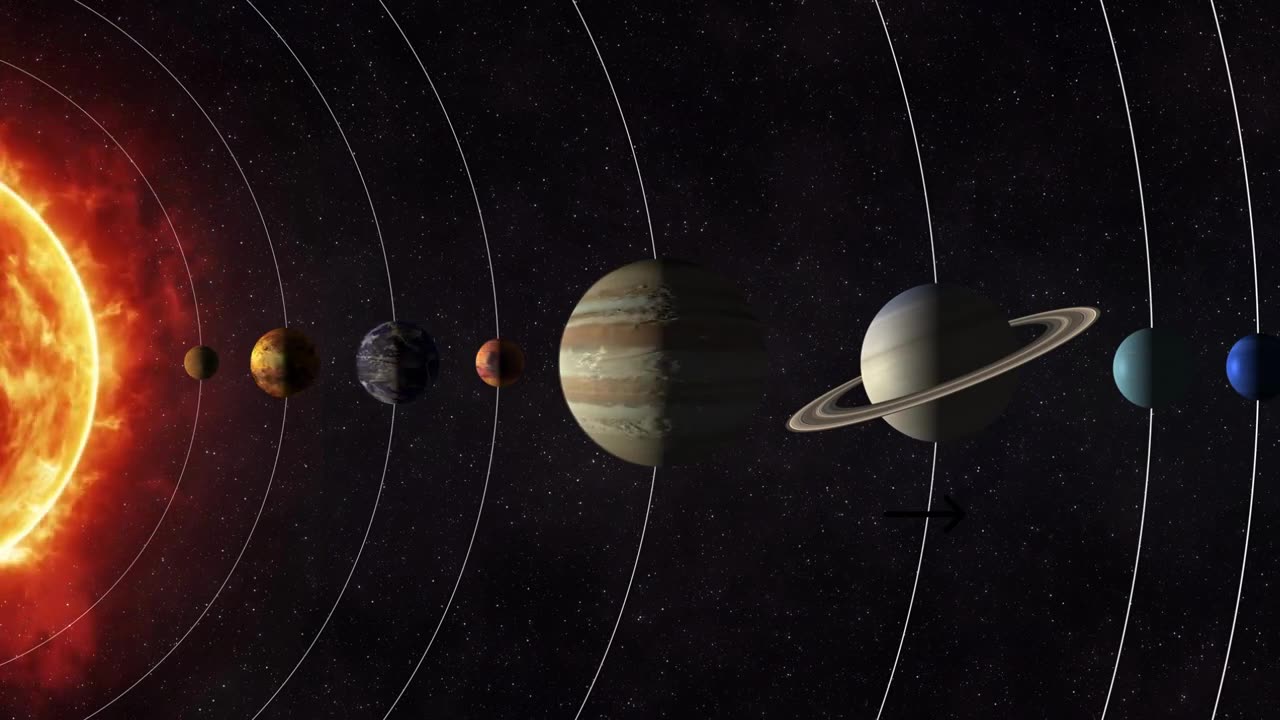Premium Only Content

Nuclear Fusion, How the Sun's energy is produced. Explained Simply
Let's take a look, at the nuclear fusion process, that naturally occurs in the sun, and the stars, in our truly magnificent universe.
Nuclear fusion is the main method used to produce energy in the Sun. Extremely high temperatures, and pressures, inside the Sun's core, provide a setting that is ideal for fusion. The proton-proton chain, is a common name for the fusion process that occurs in the Sun.
Here are the basic steps of the proton-proton chain.
1. Proton-Proton Fusion. In the first step of proton-proton fusion, two hydrogen nuclei, (or, protons) collide, thus, overcoming the electrostatic repulsion between them.
As a result of this occurrence, a proton, changes into a neutron, by a process known as beta-plus decay, emitting a positron and a neutrino in the process. The second proton is unaltered. Therefore, the end products of this reaction, is a deuterium nucleus, (which is one proton and one neutron), as well as a positron, and a neutrino.
2. Deuterium Capture. In the second step, a second proton is added to the deuterium nucleus created in the first step, to create a helium-3 nucleus,[ (two protons, and one neutron). A gamma-ray photon is released by this process. This brings us on to number 3.
Helium-3 Fusion. There are two possible routes for the helium-3 nucleus, created in the step explained. These are,
Path 1. Helium-3 Fusion. When two helium-3 nuclei collide, a helium-4 nucleus (which consists of two protons, and two neutrons), are produced, along with two protons. Two protons, two gamma-ray photons, and a significant quantity of energy, are released in this process.
Path 2. Helium-3 Capture. A helium-3 nucleus captures a helium-4 nucleus, in path two, to create a beryllium-7 nucleus, which contains four protons, and three neutrons. A gamma-ray photon is released by this process.
4. Beryllium-7 Decay. A lithium-7 nucleus, (which is three protons and four neutrons), is created when the beryllium-7 nucleus, generated in Path 2, experiences beta-minus decay. An electron, an antineutrino, as well as some energy, are released in this process.
The proton-proton chain, in its entirety, consists of a succession of fusion reactions that change hydrogen atoms into helium atoms, thus releasing energy in the form of gamma-ray photons, and other particles. Our solar system receives heat and light from the Sun thanks to this amazing energy.
The lithium-7 nucleus, does not directly take part in subsequent fusion processes within the Sun after the beryllium-7 decay. As was mentioned in the earlier steps of the proton-proton chain, the primary reactions in the Sun's core, involve the fusion of protons to generate helium nuclei.
-
 4:58
4:58
JUST A HOMELESS MAN
1 year agoLefties losing it: Howard Stern’s ‘bile-filled rant’ about Donald Trump
3311 -
 LIVE
LIVE
Badlands Media
6 hours agoBadlands Daily: September 30, 2025
3,544 watching -
 LIVE
LIVE
The White House
1 hour agoPresident Trump Delivers Remarks to the Department of War
2,365 watching -
 LIVE
LIVE
Law&Crime
34 minutes agoLIVE: Gun-Cleaning Gone Deadly Trial – FL v. Leslie Boileau – Day 1
391 watching -
 LIVE
LIVE
Nikko Ortiz
1 hour agoShotguns Only? - Rumble LIVE
105 watching -
 LIVE
LIVE
Randi Hipper
33 minutes agoSEC CHAIR PAUL ATKINS DROPS BOMBSHELL NEWS! BITCOIN INVESTORS LISTEN!
58 watching -
 LIVE
LIVE
Total Horse Channel
2 hours ago2025 Quarter Horse Congress * Celeste Center * Tuesday September 30th
53 watching -
 1:00:17
1:00:17
SGT Report
12 hours agoEND GAME: SILVER & GOLD ALL-TIME HIGHS -- Bix Weir
15.7K15 -
 LIVE
LIVE
Matt Kohrs
10 hours agoGovernment Shutdown, Stocks on Tilt & Live Trading Market Open
651 watching -
 LIVE
LIVE
Wendy Bell Radio
5 hours agoDemocrats Play Government Shutdown Chicken
7,180 watching